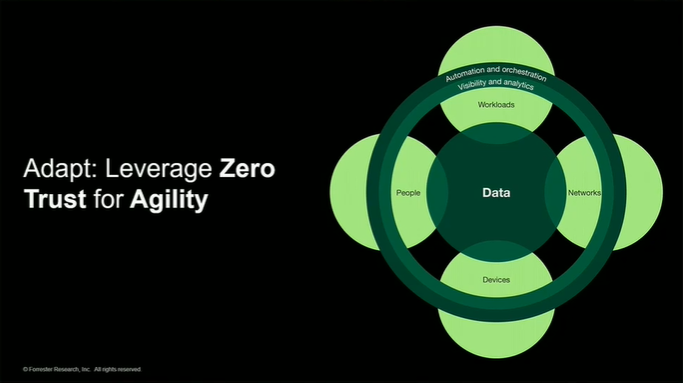Online education, supported by cloud computing, has seen much growth due to the spread of massive open online courses (MOOCs) hosted in the cloud and a changing learning environment in which today’s tech-savvy students make use of their own devices to facilitate their learning. Providing cost-effective availability and scalability to e-learning programs, cloud computing additionally delivers access to streaming video, simulations, and virtual learning worlds. With the benefit of collaboration in the cloud, it’s now easier for groups of students to collect and analyze data together, and interaction with educators can happen seamlessly through these same channels.
As education globalizes, MOOCs are changing how courses are structured and delivered. Budget limitations coupled with the need for wide-ranging delivery of programs has made MOOCs a particularly relevant practice.
(Infographic Source: MOOCs)
While some consider the spread of MOOCs a threat to traditional schools and universities, many established organizations are instead putting MOOCs to good use as they modernize their existing structures. Unfortunately, research into MOOCs has found a high rate of abandonment due to factors such as low quality, lack of recognition, poor student motivation, and theoretical teaching without the benefit of any practical application. However, examination by Gartner finds that MOOCs have renewed interest in online learning while significantly changing course boundaries, and their considerable impact on digitalized learning in higher education means progressive CIOs are adopting new models and technology to strengthen the online learning in their establishments.
Bring your own device (BYOD) is an approach that’s taken hold of many organizations, educational institutions included, and it’s predicted that by 2017 half of employers will require employees to source their own devices for work purposes. Already many students see technology as an essential learning tool that offers peer collaboration and communication, as well as a diverse range of approaches to the assemblage of information. The use of such technology further aids in many of the key principles of effective learning, which include applying theory to practice, motivating students, encouraging reflection and creativity, and promoting dialogue and collaboration.
Though mobile learning has previously been limited by the processing and storage capacity of devices in use, it’s clear that the cloud can assist by providing adequate computing resources and scalability. With the more resource-intensive computing tasks executed in the cloud, applications can more easily run on mobile devices, and students can retrieve and share content stored in the cloud from wherever they like, whenever they choose. Additionally, some new trends in mobile learning are expanding the field; geolocation is being activated in some applications that provide courses appropriate to geographically-determined customers, societal norms, and backgrounds, and though big data has always been an important part of e-learning, it’s anticipated that 2016 will prove to be a year of big data app analytics that improves mobile training strategies.
Both traditional and online programs make use of collaborative learning groups, either involving the entire class or, for more detailed analysis of materials, smaller groups. The concept of a study group is nothing new, and its benefits include the development of critical thinking skills, co-assembly of knowledge and meaning, and transformative learning. This valuable learning facility becomes more flexible in the cloud. Though some students shy away from study groups because they consider them inflexible, are wary of taking part for fear their teammates will slow them down, believe workloads will not be equally shared, or have difficult relationships with specific peers, cloud study groups offer some solutions. Groups can be created without considering student location, which means those with the most comparable aims and suitable partnerships can collaborate and learn together. Further, with appropriate applications in place, the cloud helps build study groups that are adaptable but charted, ensuring work product is correctly attributed.
We’ve already seen many changes in education through online learning; the cloud is the next step ensuring more efficient delivery and improved collaboration for greater dissemination.
By Jennifer Klostermann





